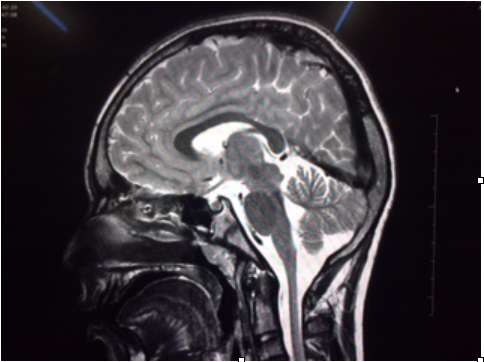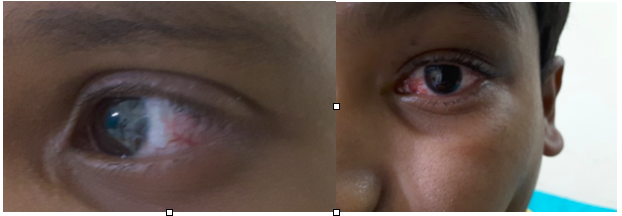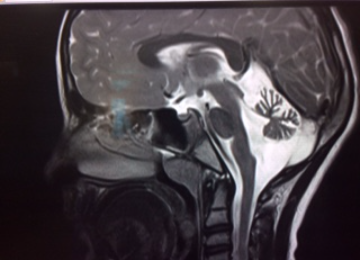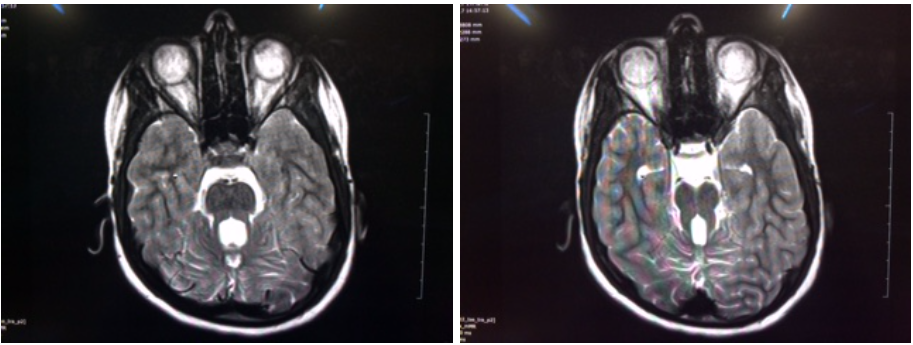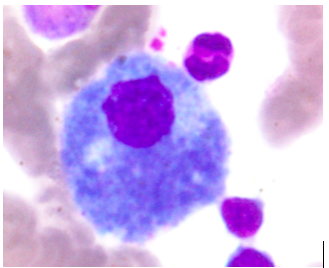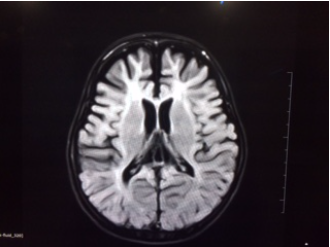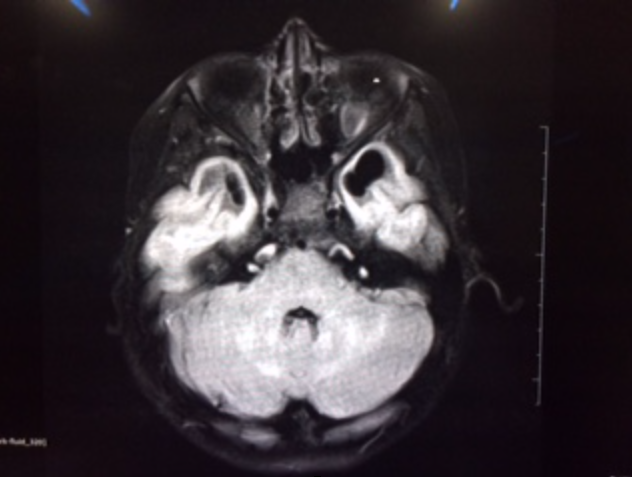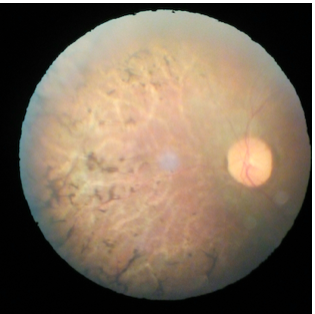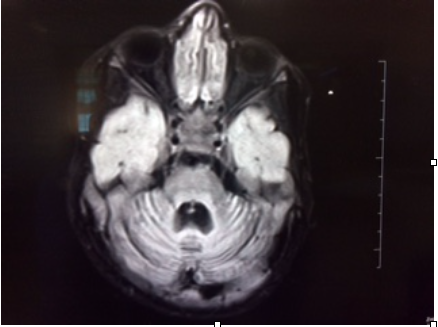Category: Ataxia
Objective: To characterise the phenotypic and radiological spectrum of patients with early onset non-dominant progressive cerebellar ataxias and to assess the impact of the disease on the patient and the burden of the disease on the caregiver.
Background: Early onset cerebellar ataxias are a spectrum of neurological disorders with onset before 30 years of age and characterised by progressive course.
Method: It is a Prospective, Observational Study of patients with early onset progressive ataxia of cerebellar nature with an inheritance pattern suggestive of a non-dominant nature.
Results: 1. The present study is a prospective study of 108 patients undertaken in the department of Neurology, at a tertiary care referral hospital.
2. The total number of males were 69 and females were 39 with a male:female ratio of 7:4..
3. The mean age of the patients recruited into the study was 13.55 ± 7.89 years and 100% of patients had gait ataxia which was progressive in nature in 105 and episodic in 3.
4. The etiological causes of the patients include: Friedreich ataxia like phenotype – 25 cases, Ataxia telangiectasia – 21 cases, Early onset cerebellar ataxia (NOS)– 21 cases, Ataxia with oculomotor apraxia – 9 cases, Marinesco-sjogren syndrome – 2 cases, ARSACS – 4 case, Spastic ataxic syndrome – 3 cases, Mitochondrial cytopathy – 4 cases, Niemann Pick disease type C – 2 cases, Episodic ataxias – 3 cases, Joubert syndrome – 3 cases, Hypomyelinating disorders – 3 cases, NBIA- 4 cases,PMA- 1 case, VDKD – 1 case, INAD- 1 case
and NARP – 1 case.
5. MRI was done in 100 patients. Cerebellar atrophy was found in 77 patients. Two patients were found to have cerebellar hypoplasia. Vermian atrophy was found in 51 patients. Five patients had MCP atrophy and SCP atrophy was found in five. Molar tooth appearance was reported in 3 patients. Mineralisation of basal ganglia, cerebellar and white matter hyperintensities, pontine hypointensities were the other findings reported.
6. The mean ZBI was 30.25 ± 8.0. Maximum number of caregivers experienced burden in the range of 21 – 40 with a percentage of 84.26.
7. The mean K10 score was 23.29 ± 6.29. Maximum number of caregivers experienced burden in the range of 21 – 24 with a percentage of 54.63.
Conclusion: Early onset cerebellar ataxias have a wide spectrum of clinical and radiological manifestations and have significant impact on the care giver.
To cite this abstract in AMA style:
R. Devaraj, P. Pal, N. M, RY. Yadav, M. Faruq, J. Saini, S. Hegde. Clinical spectrum, imaging characteristics and care giver burden assessment of early onset non-dominant progressive cerebellar ataxias [abstract]. Mov Disord. 2023; 38 (suppl 1). https://www.mdsabstracts.org/abstract/clinical-spectrum-imaging-characteristics-and-care-giver-burden-assessment-of-early-onset-non-dominant-progressive-cerebellar-ataxias/. Accessed December 20, 2025.« Back to 2023 International Congress
MDS Abstracts - https://www.mdsabstracts.org/abstract/clinical-spectrum-imaging-characteristics-and-care-giver-burden-assessment-of-early-onset-non-dominant-progressive-cerebellar-ataxias/

